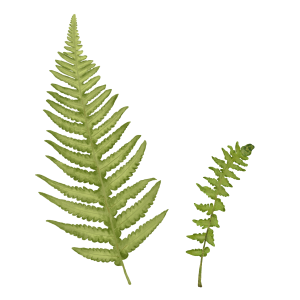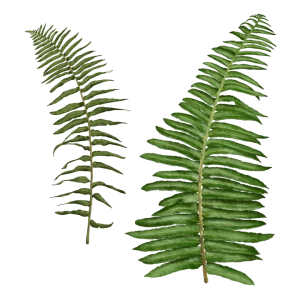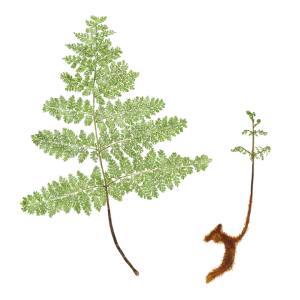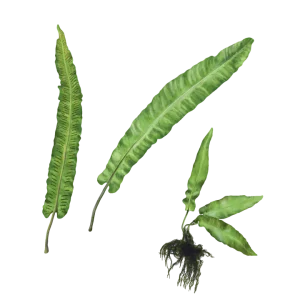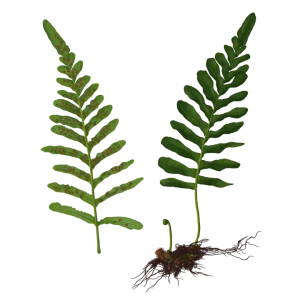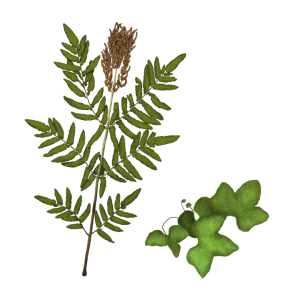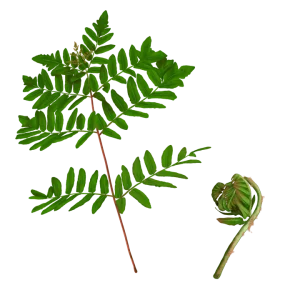Phegopteris decursive-pinnata – This fern displays a very unique blend of lance-shaped fronds in both upright and arching positions. This vigorous spreader forms runners and new plantlets are produced on the ends of the runners. Referring to it as a slower groundcover would be pretty accurate. The hairy, pinnatifid blade is narrow, erect and tapers at both ends. The sori lack an indusum. The fern is associated with walls and rocks in the lowlands and low mountains of eastern and southern Asia.
SUBSTRATE & WATERING
A mix of 75% peat and 25% perlite works well but straight peat, coco-peat or a combination of both is possible. This is necessary because fern roots need plenty of air in the substrate to create a good root system. Excess water must also be able to drain away easily. The initial EC of the mix:0.5- 0.8 (for example a standard pre-mix) PH : 5.0-6.0. Phegopteris grows wel in most-wet garden soil or potting mix
A really versatile fern! For almost every climate.
The species easily establish in light shade and moist woodlands. He is suitable for gardens from the warmth areas to the extreme winters and summers. It’s a fern for every climate! With its upright soft foliage it is a welcome groundcover, a nice green understory which lasts well beyond the first frost
A fern with a velvet touch!
Plants are easily divided by digging them from the ground, pulling the small plants from the parent and replant them all separately.
Will work well in your landscape or a container on your front porch!
It’s a wonderful addition to the shaded border or seasonal planter that still looks good at the end of the season. A nice groundcover next to shrubs like Japanese acer (Acer palmatum), dogwood (Cornus kousa) or Stacchyurus praecox.

Available soon in our webshop.

